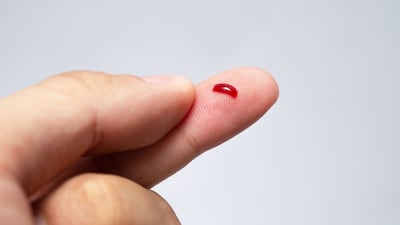Neurointerventional solutions for treating and preventing stroke continue to gain momentum, and several device-based treatments received a boost from new research presented at this year’s International Stroke Conference (ISC), held in New Orleans in February. Some of the most compelling data presented at ISC 2012 centered on the evolving field of neurothrombectomy devices, which are emerging as an exciting new therapeutic option for patients suffering from acute ischemic stroke (AIS). Such devices, which aim to quickly restore blood flow in cerebral arteries blocked by a clot, not only have the potential to greatly improve patient outcomes, but they may also expand the stroke treatment window well beyond what can be achieved with thrombolytic drugs alone.
It seems almost every medical device manufacturer in the neurovascular space is developing some variation of the “stentriever,” a next-generation mechanical thrombectomy device designed to quickly open blocked arteries in...
Read the full article – start your free trial today!
Join thousands of industry professionals who rely on Medtech Insight for daily insights
- Start your 7-day free trial
- Explore trusted news, analysis, and insights
- Access comprehensive global coverage
- Enjoy instant access – no credit card required
Already a subscriber?



